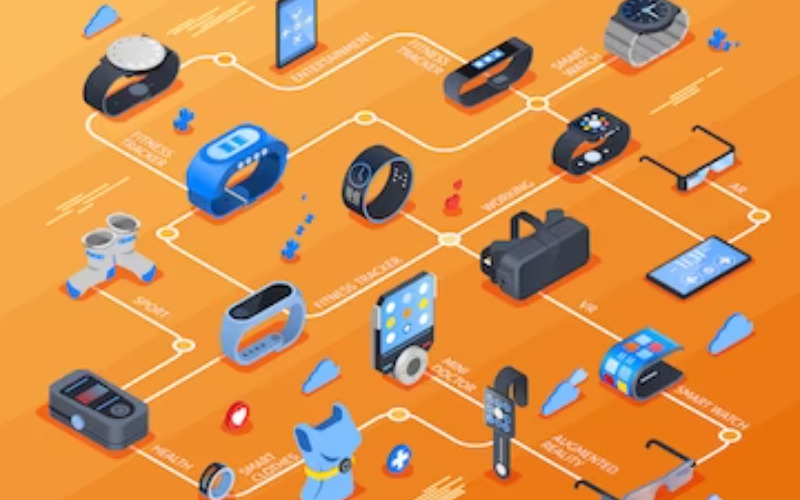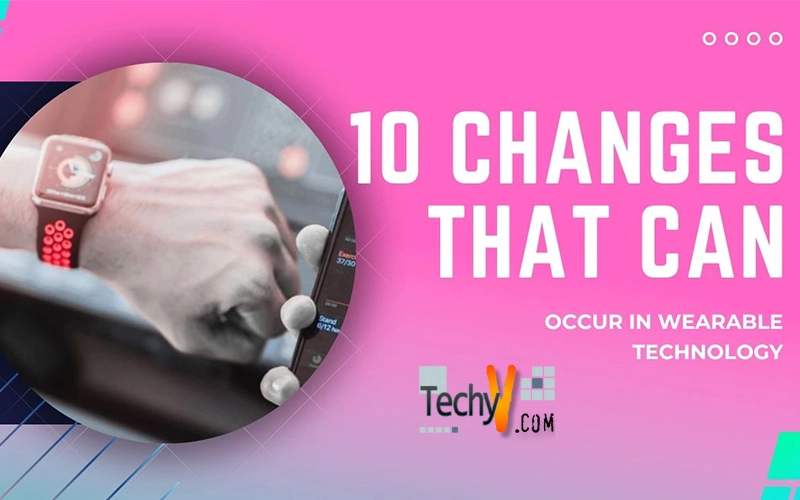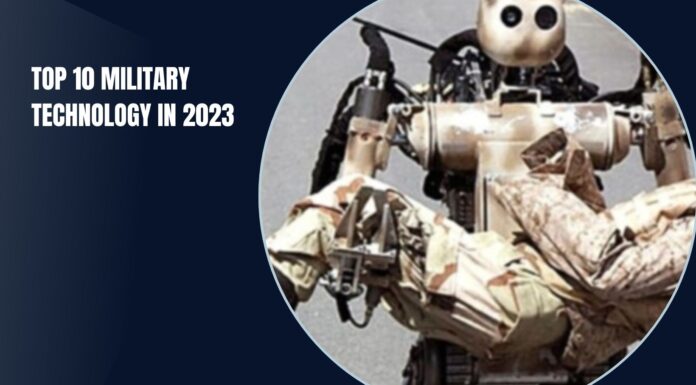Portable technology is any electronic device designed to worn on the user’s body. The most sophisticated examples of wearable technology include artificial intelligence (AI) hearing aids, Google Glass, smartwatches, and fitness trackers. In addition to tracking and analyzing data, these devices can provide real-time feedback and even make decisions based on user behavior. There are also simpler wearables that provide essential tracking functions, such as pedometers and heart rate monitors. Wearable technology has become increasingly popular in recent years due to its convenience and ability to integrate seamlessly into daily life. Wearable technology has been adopted in the healthcare industry, with devices such as bright clothing and biosensors used to monitor patient’s vital signs and track their progress remotely. Additionally, wearable technology has the potential to revolutionize industries such as sports, entertainment, and education by providing personalized experiences and enhancing performance.
1. Increased Functionality
Wearable technology will likely become more functional and capable of performing a more comprehensive range of tasks, such as monitoring health and fitness, tracking location, and controlling other devices. This increased functionality will allow for more seamless technology integration into our daily lives, making it easier to stay connected and informed. As a result, wearable technology is expected to become even more popular in the coming years.

2. Better Battery Life
The design of wearable devices is thin, small, and lightweight, which explains the need for energy harvesting techniques that convert body heat and motion into electrical energy. Additionally, software optimization and low-power processors are developed to extend battery life further. Wearable devices will likely have improved battery life, allowing users to go longer without recharge. It will enhance the user experience and convenience of wearable devices, especially for those who use them for fitness tracking or health monitoring purposes. It may also lead to developing more advanced features and functionalities in wearable technology.
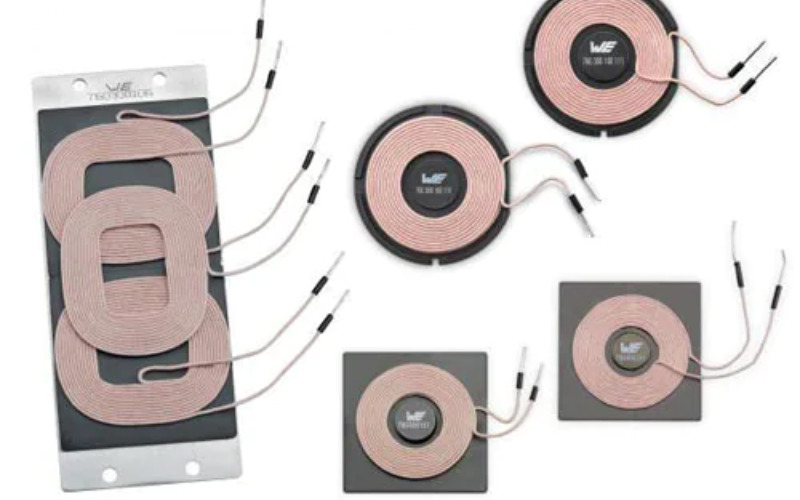
3. Increased Durability
Increased durability is a critical aspect of wearable technology that is likely to evolve significantly in the future. As wearables become more commonplace, they must withstand more rigorous use and harsh environments. New materials and manufacturing techniques has to be developed to ensure that wearables can withstand the demands of everyday use, such as exposure to water, dust, and extreme temperatures. Additionally, advancements in battery technology will be necessary to provide longer-lasting power for these devices.
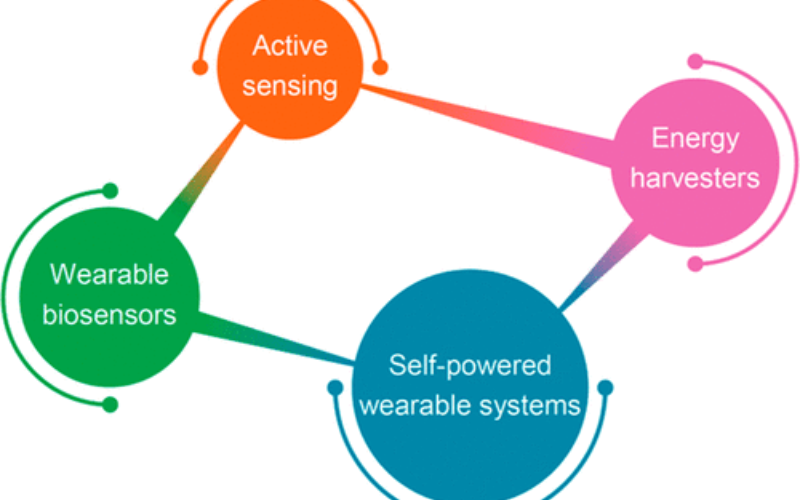
4. More Comfortable
Future wearables will likely be more comfortable and less intrusive, making them easier to wear for extended periods. In addition, advancements in technology will enable wearables to collect and analyze data more accurately, leading to more precise insights and personalized recommendations for users and providing them with even more individualized insights into their health and fitness.

5. Enhanced Interactivity
Wearable devices may become more interactive, providing a more immersive experience for users. This could potentially revolutionize how we interact with technology and our surroundings, allowing for a more seamless integration of technology into our daily lives. However, it raises concerns about privacy and the potential for over-reliance on technology. Enhanced interactivity in wearable technology will enable a more immersive user experience. Future wearable devices may incorporate haptic feedback, voice commands, and augmented reality features, making them more intuitive and easier to use. This technology has the potential to revolutionize how we interact with the world around us, making our lives more convenient, efficient, and enjoyable.

6. Integration With Smart Home Technology
Wearable devices could be used for innovative home technology, making it easier for users to manage their homes. For example, a wearable device can adjust the temperature, turn on and off lights, and even lock doors. This integration would provide convenience and accessibility for individuals with mobility issues or simply want to simplify their daily routines.
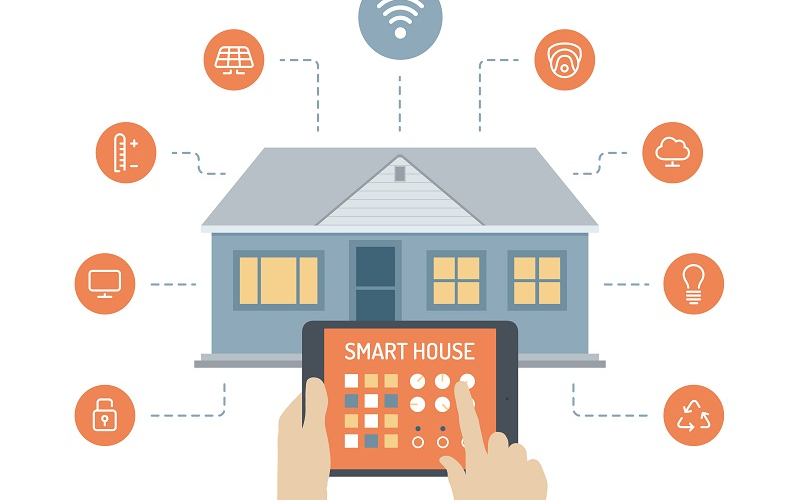
7. Better Data Security
Future wearables will likely have enhanced data security measures to protect user data and personal information. This is especially important as wearables become more integrated into daily life and collect increasingly sensitive data. Further security measures may be enhanced by using biometric authentication technology. As wearable technology becomes more integrated into our daily lives, ensuring the security of personal data becomes increasingly important. Better data security measures can include encrypting data, implementing multi-factor authentication, and using biometric identification. Additionally, manufacturers can use more secure hardware and software systems and offer regular software updates to patch vulnerabilities.
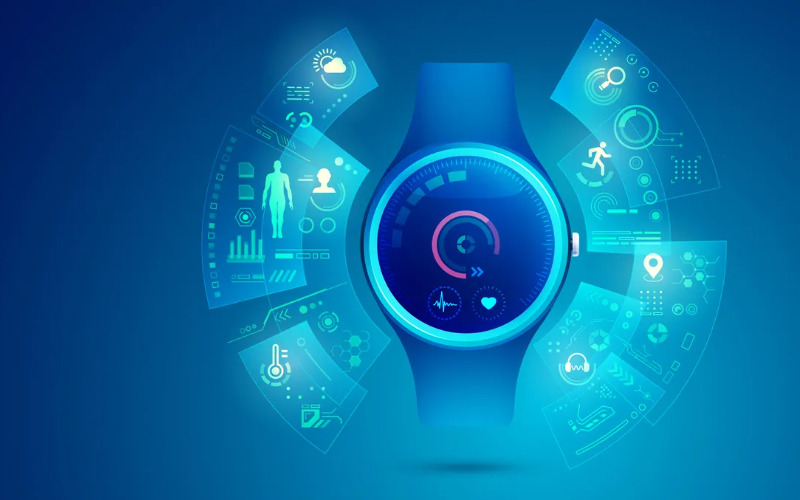
8. New Applications
New uses for wearable technology will emerge as it develops, such as using them for virtual reality and augmented reality experiences. These applications have the potential to create immersive experiences that were previously only imaginable in science fiction, revolutionising the way we interact with technology and our surroundings. As technology continues to improve, we can expect even more innovative uses for wearables in the future.
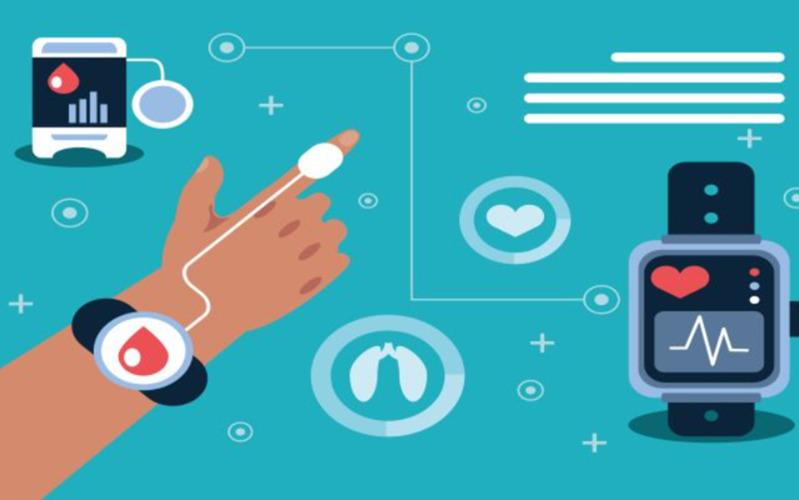
9. More Fashion-Forward Designs
Wearable technology has evolved beyond being a functional gadget to a fashion accessory. As a result, manufacturers are now focusing on creating more fashion-forward designs to appeal to a broader audience. Wearable devices such as smartwatches and fitness trackers designed to look more like traditional watches and jewelry, with customizable straps and finishes. Additionally, designers are experimenting with new materials and textures to create wearable tech that is both stylish and functional.

10. More Integrated Sensors
More sensors being integrated into wearable technology is anticipated to become a key component as it develops. Wearable devices are already capable of measuring various biometric data, and with new sensors, such as those that can detect glucose levels and brain waves, the potential uses of wearables will continue to expand. This will allow for more personalized and precise health monitoring, leading to better health outcomes for users.
